
Water, a source of joy and danger, claims thousands of lives annually through drowning incidents worldwide, presenting a significant public health challenge. Yet, with heightened awareness, education, and proactive measures, many of these tragedies can be forestalled. This article explores the essential practice of drowning prevention, unraveling the nuances of identifying drowning risks in diverse environments. Additionally, it highlights RLSS India’s admirable endeavors in the ongoing battle against drowning fatalities.
Unveiling Drowning Risks: Recognizing Signs Across Settings
Drowning seldom mirrors the dramatic portrayals seen in movies—rather, it often unfolds silently and swiftly, complicating detection. Recognizing the signs of drowning risks stands pivotal for effective prevention. Be it a swimming pool, beach, river, or bathtub, here are key indicators to remain vigilant about:
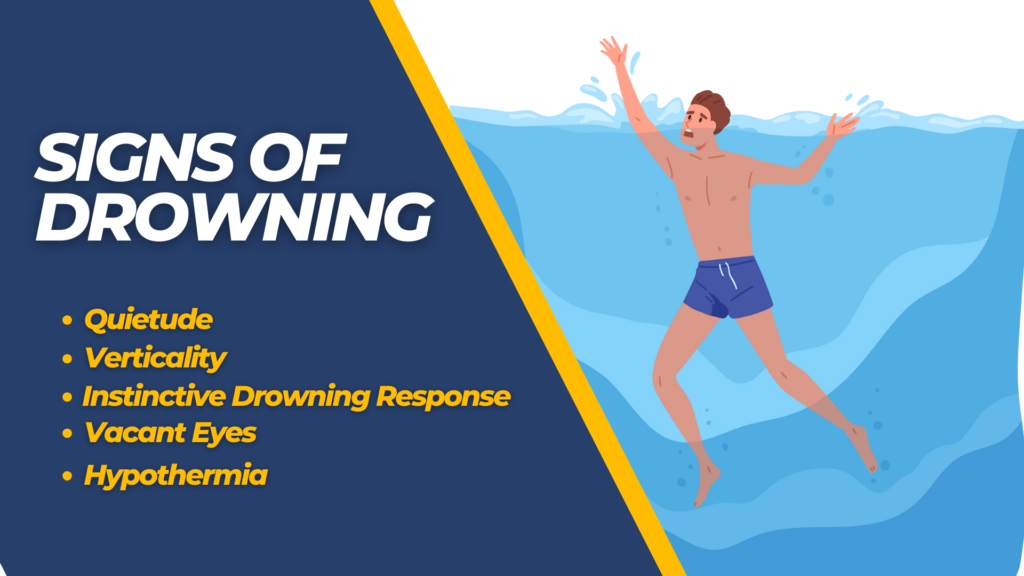
1. Quietude: Drowning victims cannot vocalize distress. Despite appearing serene at the surface, they may struggle underneath. Sudden silence while in water could signify trouble.
2. Verticality: Unlike leisure swimmers who move horizontally, drowning individuals may bob vertically, heads tilted back, mouths either submerged or barely above water, grappling to breathe.
3. Instinctive Drowning Response: In the throes of drowning, instinct dictates, and victims focus solely on gasping for air, often lacking the energy to signal for help. Arms may extend to the sides, pressing down on water to momentarily lift mouths above the surface.
4. Vacant Eyes: Drowning victims often display vacant or panicked gazes.
5. Hypothermia: Cold water induces rapid hypothermia, impairing swimming ability and buoyancy. Watch for signs like shivering, numbness, and confusion.
Drowning remains a formidable threat, claiming lives indiscriminately across the globe. However, armed with knowledge and vigilance, communities can substantially reduce its toll. By recognizing the subtle signs of drowning risks and advocating for preventive measures, we can transform water from a perilous foe into a source of joy and recreation, safeguarding countless lives in the process. The commendable efforts of organizations like RLSS India exemplify the collective commitment required to mitigate this pervasive public health challenge. Let us continue striving towards a world where every dip in the water is enjoyed safely, free from the specter of drowning.







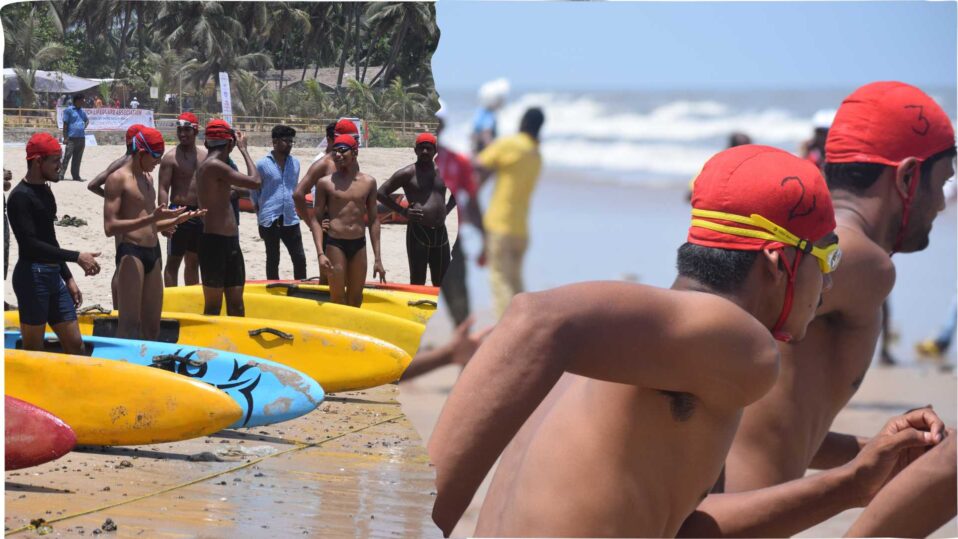
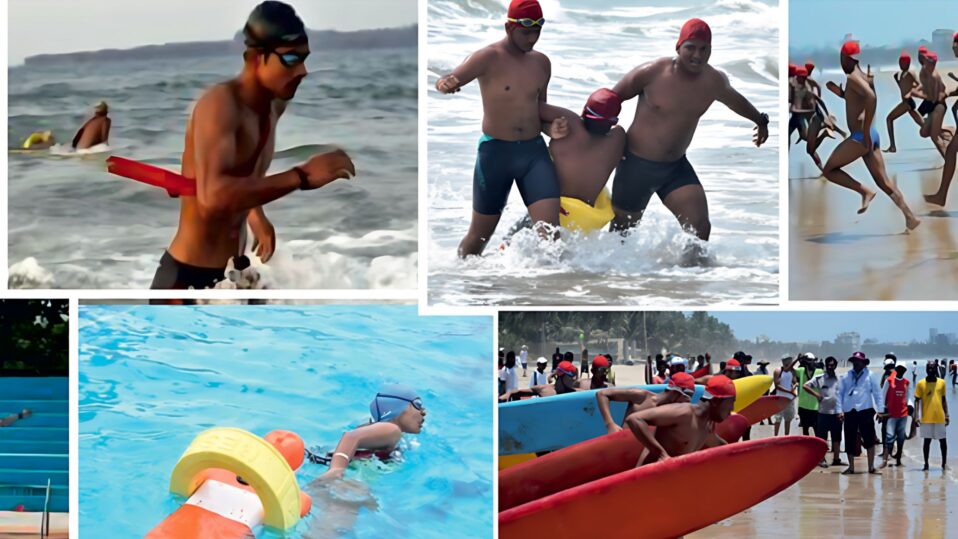
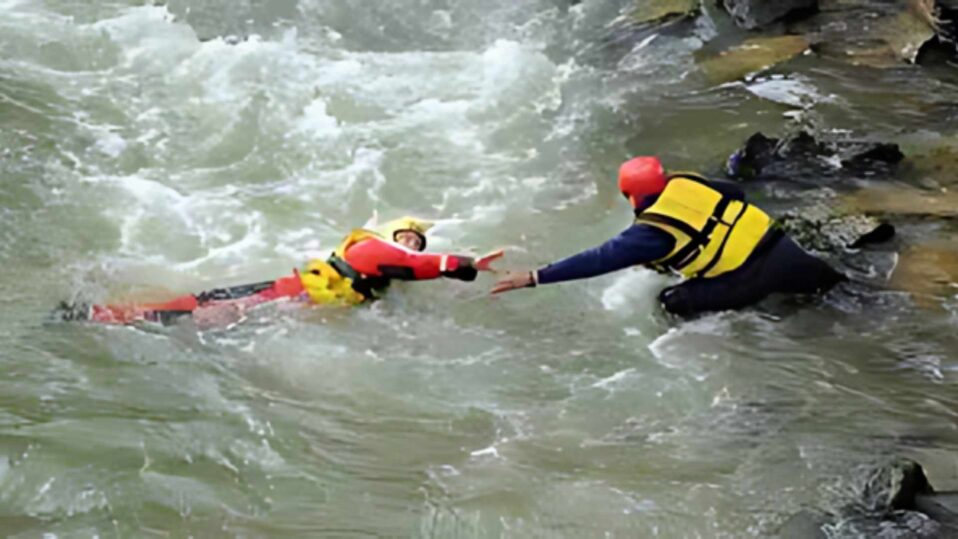
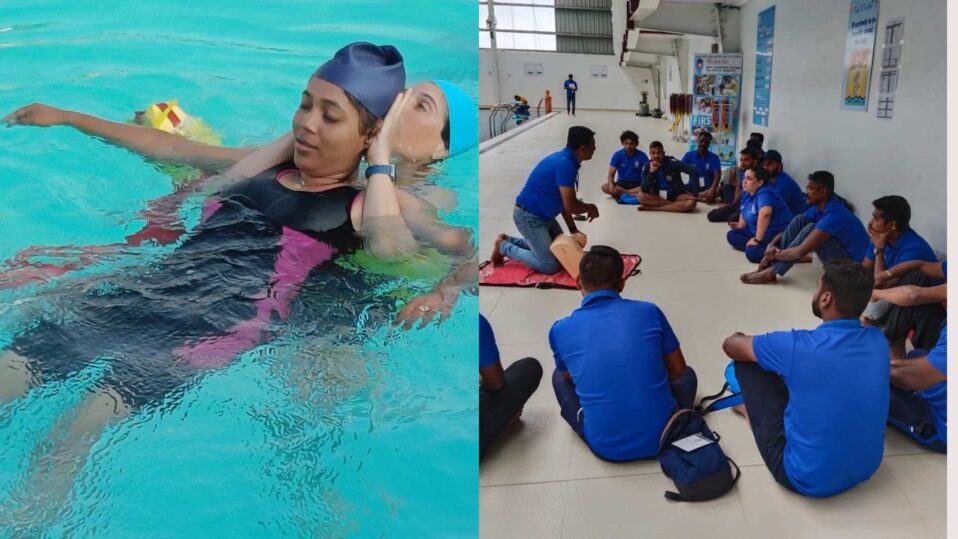


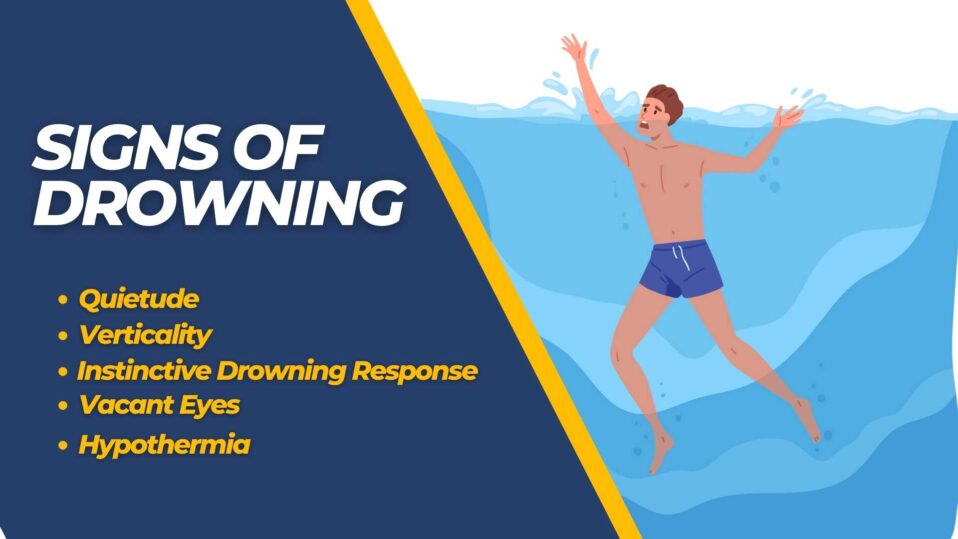
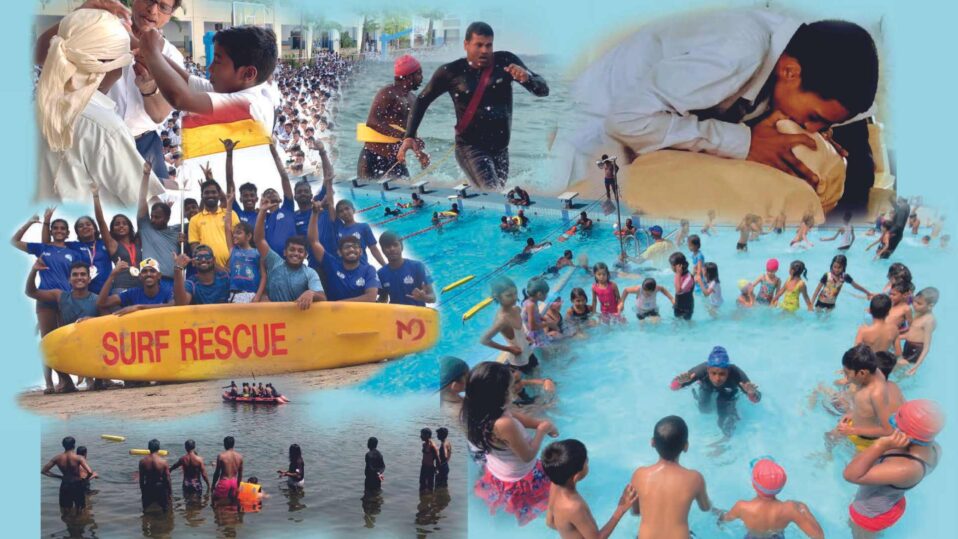


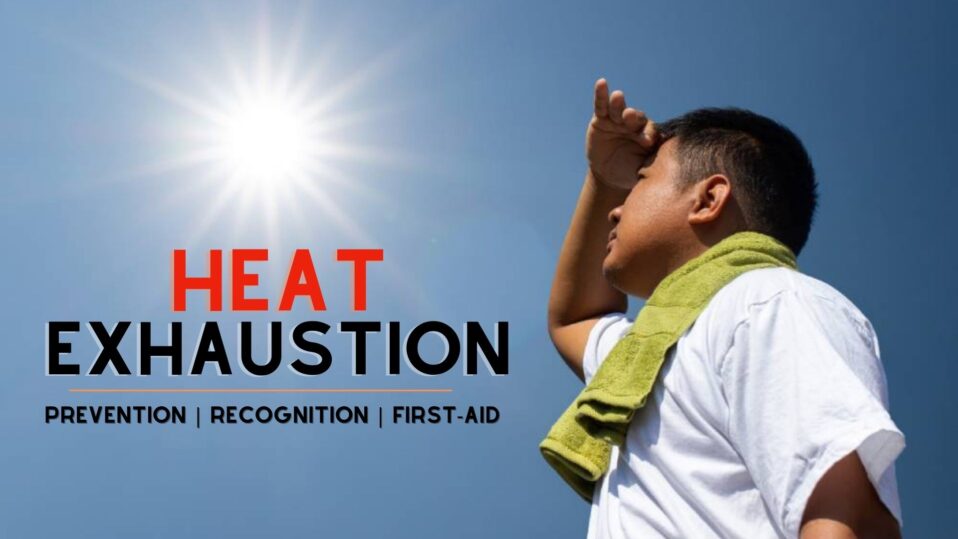
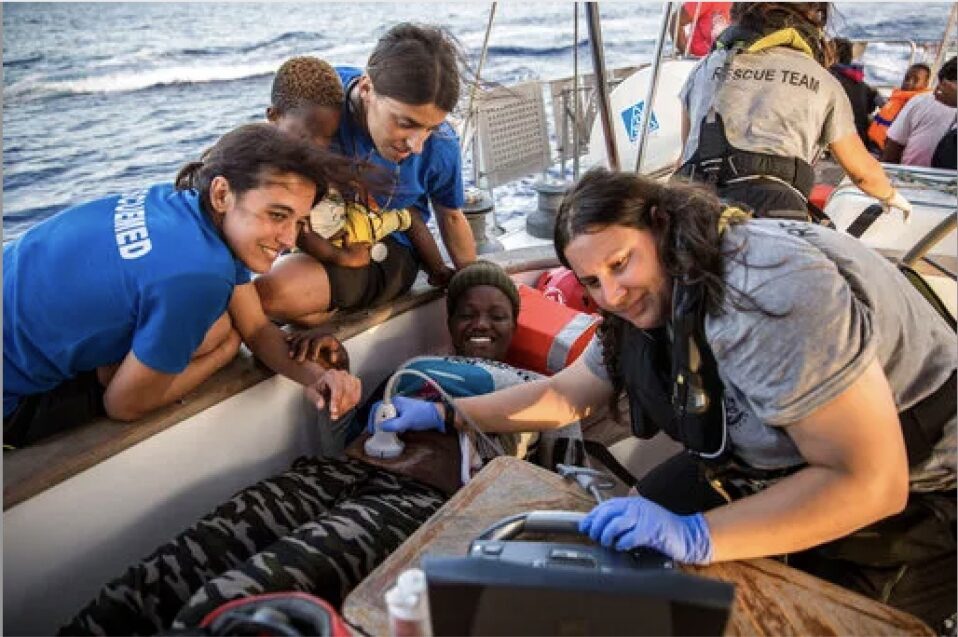

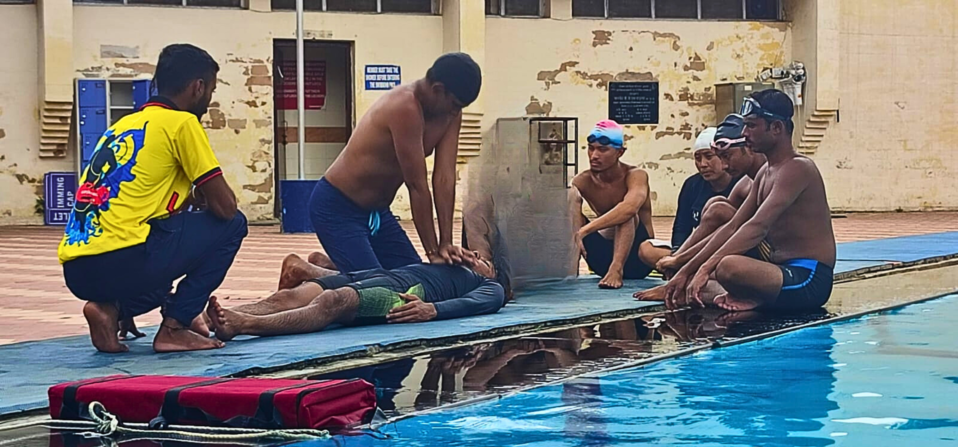
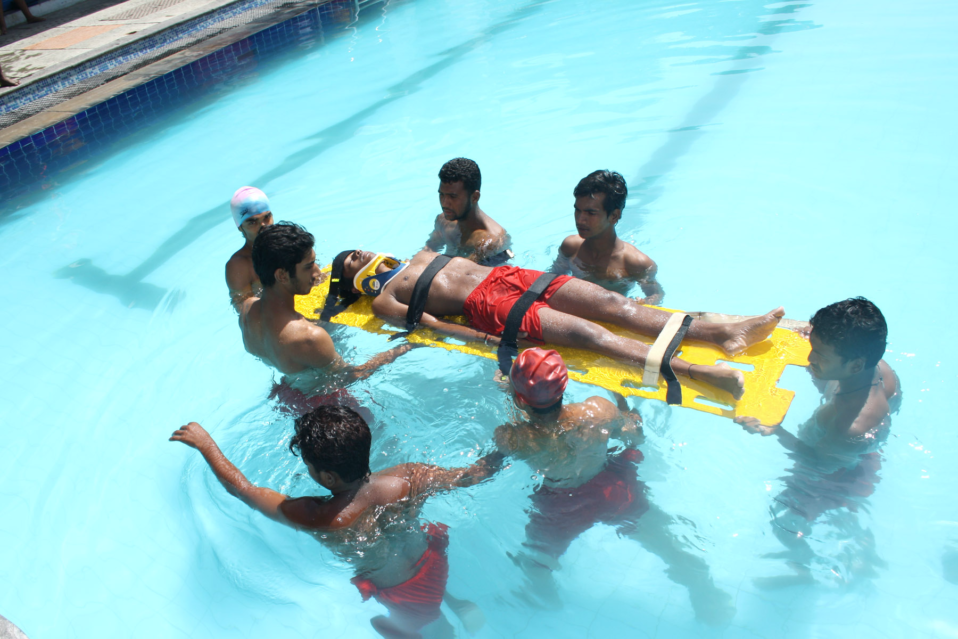
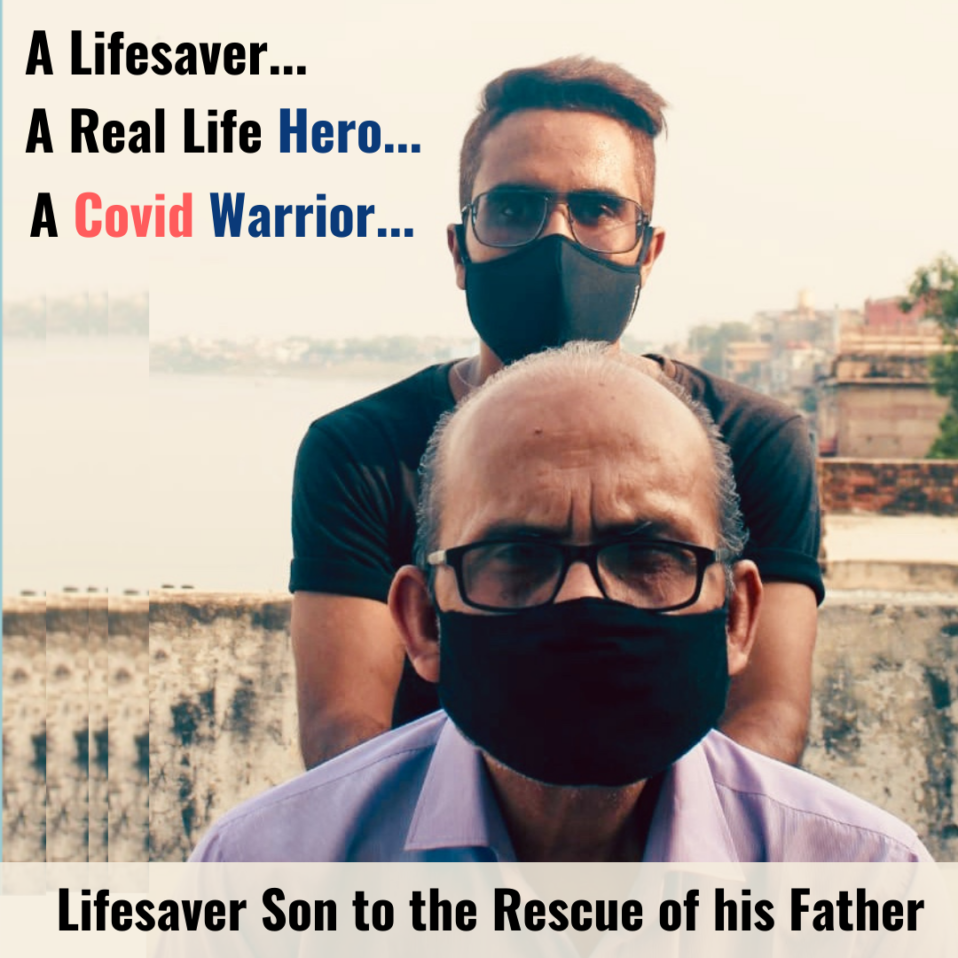


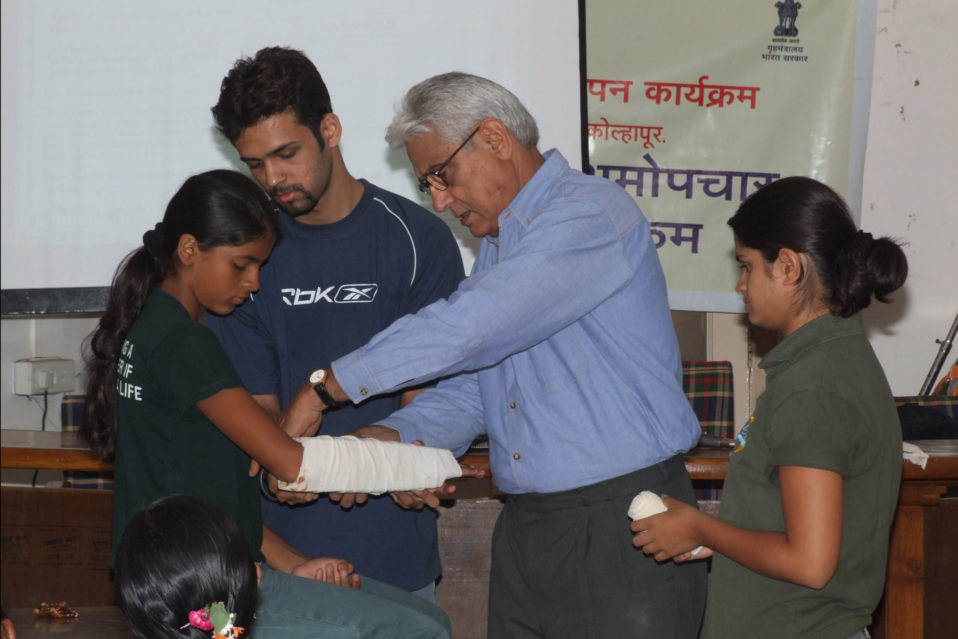
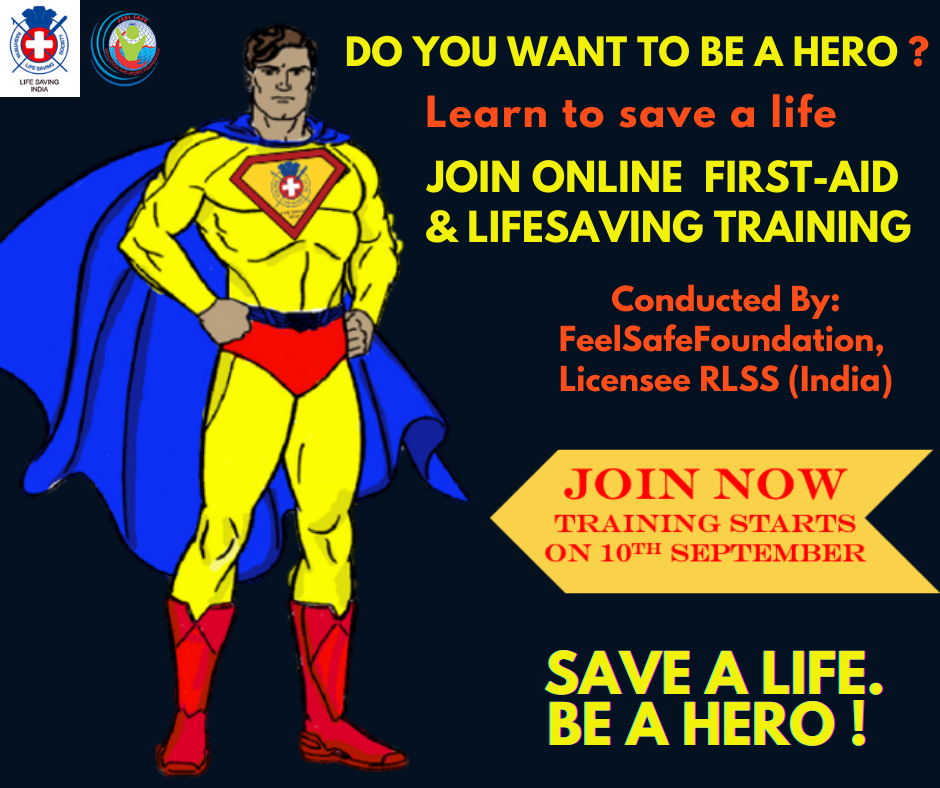

Post a comment